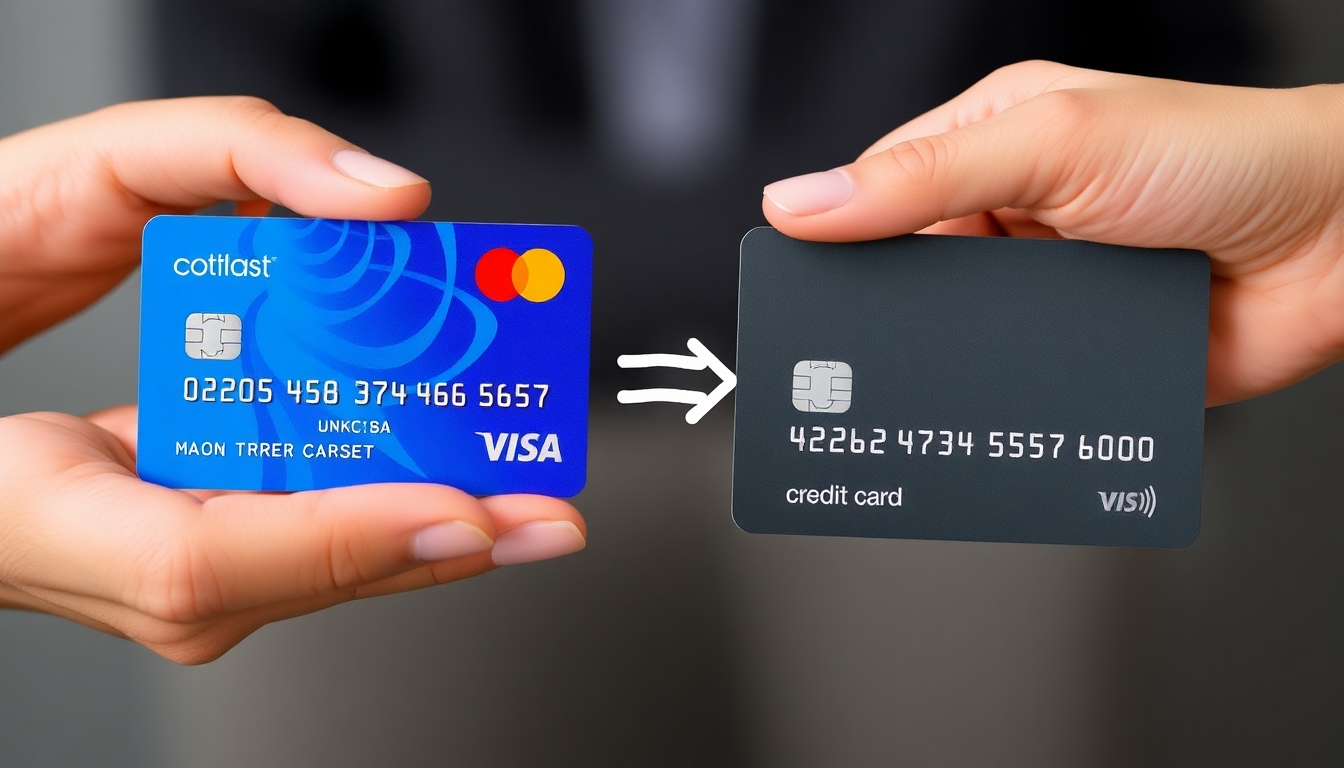What is Balance Transfer?
A credit card balance transfer allows you to shift your existing credit card debt to another card, typically offering lower interest rates or promotional offers. It’s an effective tool to save on interest, consolidate debt, and manage repayments efficiently. Let’s explore the details, incorporating practices from leading banks and expert insights.
Why Opt for a Credit Card Balance Transfer?
A credit card balance transfer is an excellent financial strategy when you need relief from mounting debt or want to leverage lower interest rates. This option is particularly beneficial if:
- Extending the Interest-Free Credit Period: Many banks offer a promotional 0% interest period for balance transfers, providing additional time to pay off your outstanding balance without accumulating high interest. For instance, SBI offers a 60-day interest-free period.
- Interest Rate Arbitrage: If the interest rate on your current card is significantly higher, transferring the balance to a card with lower rates can save you money. Some banks, like HDFC and Kotak, provide reduced interest rates during promotional periods.
- Flexible Repayment with EMIs: If you are unable to clear your outstanding amount in a single month, a balance transfer allows you to convert the debt into EMIs with a lower interest rate. For instance, ICICI Bank offers repayment options over 3 to 6 months with competitive rates, easing financial pressure.
By strategically choosing a balance transfer, you not only save on interest but also get the breathing room needed to manage your cash flow better. Always compare offers and ensure the associated fees are justified by the savings and convenience provided.
When does Balance Transfer make sense for you?
Balance transfer makes sense when you have a great to excellent credit score and the terms for balance transfer are favorable for you in terms of interest rate arbitrage. Generally, customers who have had a good track record with respect to their credit card spends, transaction pattern and payment history becomes eligible for a balance transfer on credit card from time to time, depending on the internal policies of the bank. Balance transfers are ideal for managing high-interest credit card debt temporarily. However, the decision should factor in fees, interest savings, and repayment feasibility. This tool is best used for short-term relief while developing a strategy to avoid accumulating new debt
Generic Process for a Balance Transfer
- Eligibility Check: Banks assess your credit history, transaction pattern, and outstanding balance.
- Application: Submit a request via online banking, mobile apps, or customer care.
- Fund Transfer: Funds are transferred to the original card issuer through NEFT or demand drafts.
- Repayment: Repay in EMIs or lump sum, depending on the plan chosen.
Factors to Consider Before Opting for a Balance Transfer
- Processing Fees: Typically ranges from 1% to 3% of the transferred amount.
- Promotional Period: Ensure you can repay within the interest-free or reduced-interest timeframe.
- Post-Promotional Rates: Understand the interest rates that apply after the promotional period.
- Impact on Credit Score: A balance transfer involves a hard inquiry, temporarily impacting your credit score.
Leading Banks and Their Balance Transfer Features
- ICICI Bank Credit Cards:
- Transfer amounts from ₹15,000 to ₹3 lakhs.
- Repayment options include 3 or 6 months.
- Nil documentation for eligible customers.
- SBI Credit Cards:
- Two plans: 60-day interest-free with a 2% fee, or 6-month EMI at 1.7% monthly interest
- Flexible repayment options.
- IDFC FIRST Bank Credit Cards:
- One-click balance transfer via mobile app.
- Interest rate at 16% p.a. with a 1% processing fee or ₹99 minimum.
- Kotak Mahindra Bank Credit Cards:
- Interest-free for 90 days.
- ₹349 fee per ₹10,000 transferred, capped at 75% of the credit limit.
- HDFC Bank Credit Cards:
- EMI tenures from 9 to 48 months.
- Monthly interest rate of 1.1% with a 1% processing fee.
In Conclusion
A balance transfer is a practical solution to manage credit card debt when used strategically. Researching and comparing options, such as those from SBI, ICICI, and IDFC, helps you choose the most cost-effective and flexible solution. Always calculate overall savings before committing to ensure it aligns with your financial goals.

Leave a Reply